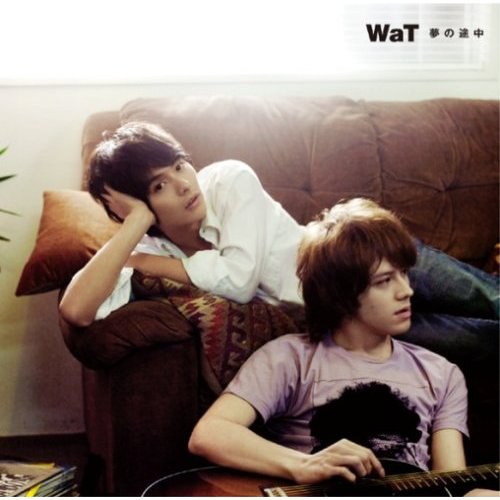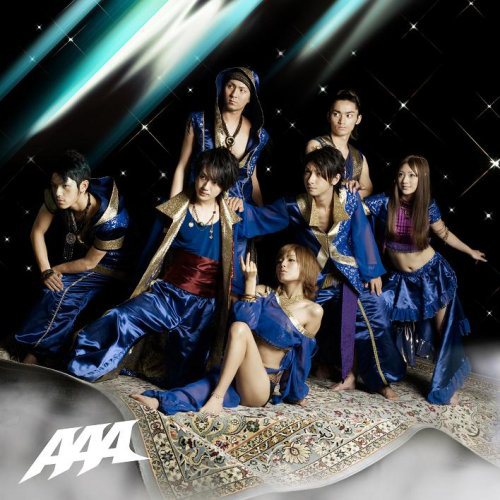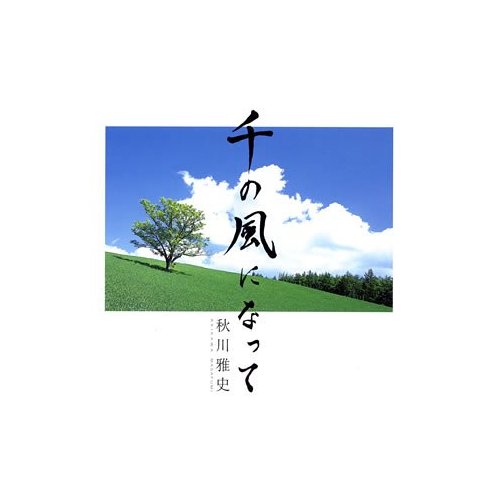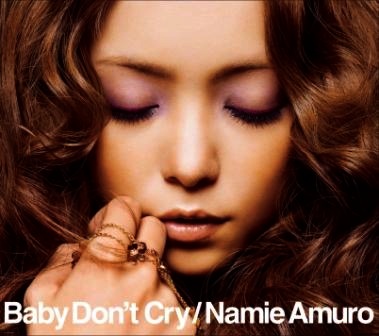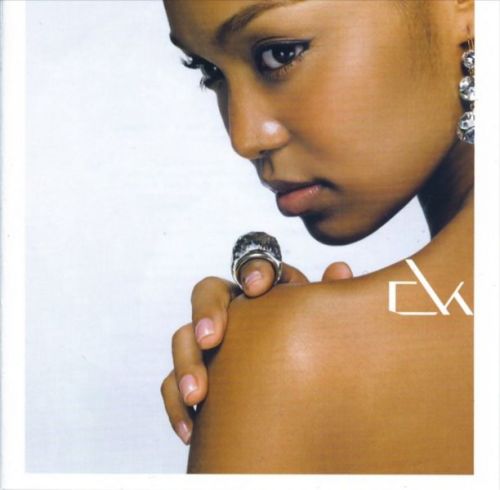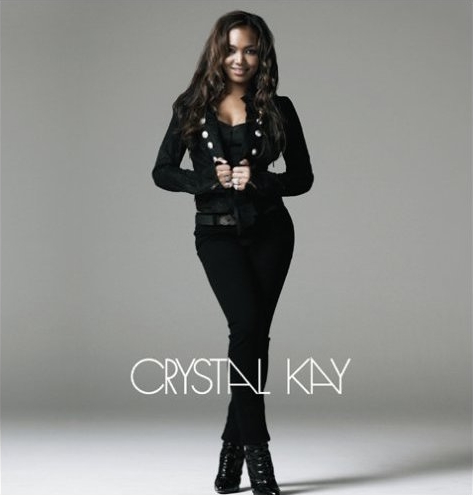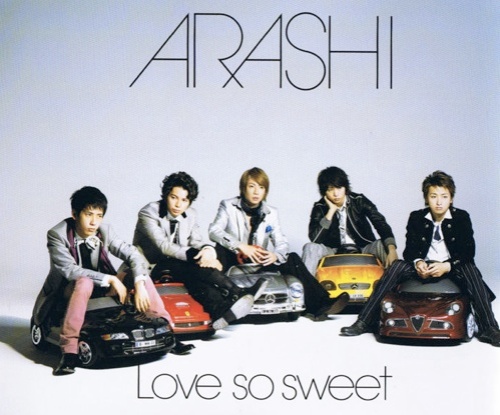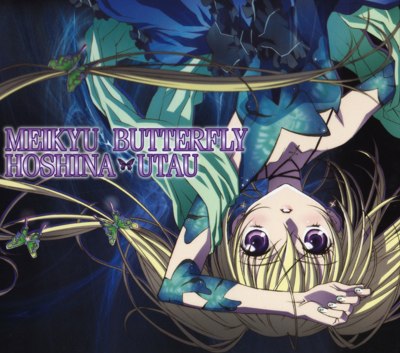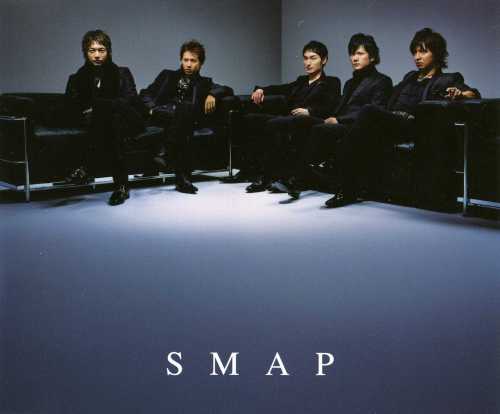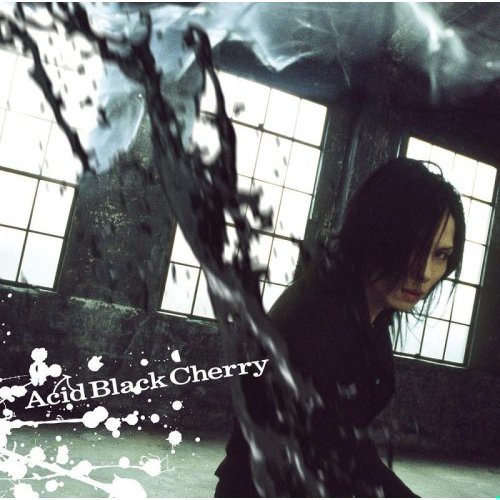
~Track Listing~
01. Fuyu no Maboroshi
02. Koi Ichiya
~Single Review~
Acid Black Cherry released their single, “Fuyu no Maboroshi” on January 16, 2008. Most likely, the song will snatch the group the envious number one ranking on the Oricon chart. Although the single’s sales were strong, they were quite low for a number one single; if the single had been released another week, it may not have gotten number one. That does not mean “Fuyu no Maboroshi” is not good, however.
Quite the opposite, actually: “Fuyu no Maboroshi” is hard rock expertly mixed with orchestrated strings. Although it starts slow, once the rock hits, the song does not let up. Once the rock enteres in, the result is an epic sounding piece that sounds reflective, dramatic, and emotional all at once. Despite the song being dominated by rock after the first verse and bridge, the melody shines through in the strings. The over all vocal effects and layering are quite excellent as well, fitting quite well in the discordant yet organized atmosphere. Although the production sounds older, it works well mainly because of the rock. The song may be hard rock, but it has unity, organization, vocal power, and a memorable melody. “Fuyu no Maboroshi” is exactly what J-rock should be: well-done rock that is accessible for the general public because of its pure musical strength.
“Koi Ichiya” begins with a futuristic intro that paradoxically, sounds like it has dated production. The use of keyboard and synthetic effects continue throughout the song, even when rock flows in, front and center. “Koi Ichiya” has a lot more energy than “Fuyu no Maboroshi” and while it a solid melody and decent production, the song does not have the same coherence as “Fuyu no Maboroshi.” Still, “Koi Ichiya” is quite impressive for a B-side because Acid Black Cherry mixes a variety of elements together to create good music.
As I reviewer, I must put a warning on this single; even if “Fuyu no Maboroshi” is great music, the fact remains it’s rock. If you can’t stand the thought of J-rock, you might as well pass it by. However, if you don’t mind rock, you’ll probably like “Fuyu no Maboroshi:” there’s enough to the single to make endearing besides the just plain rock.
93% A
